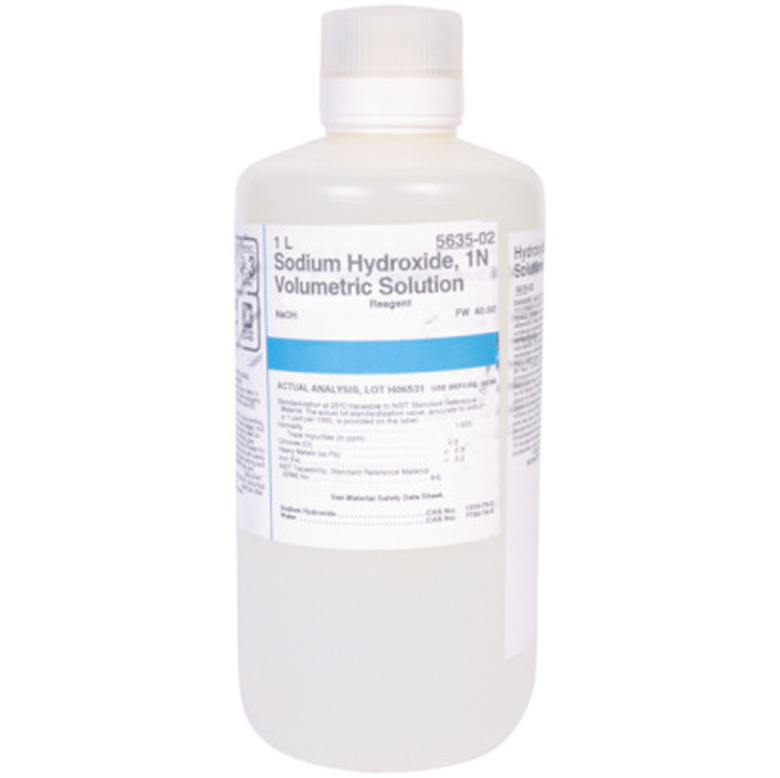How To Calculate Particle Concentration
The particle concentration within a solution describes the number of particles dissolved in the solvent. A solution may contain billions upon billions of particles, so chemists, for convenience, specify the amount of solute in terms of moles. Each mole contains 6.022 × 10^23 particles, and the mass of a mole of particles is the sum of the atomic weights of its elements. To find the concentration of a solution, you need to know the formula and mass of its solute.
Step 1
Calculate the solute's formula mass by multiplying each of its elements' atomic weights by the number of that element's atoms in the solute. A mole of potassium chloride (KCl), for instance, has 1 mole of potassium, which has an atomic weight of 39.10, and 1 mole of chlorine, which has an atomic weight of 35.45: (1 × 39.10) + (1 × 35.45) = 74.55 grams per mole.
Step 2
Divide the mass of solute in the solution its formula mass. If, for instance, the solution contains 100 g of potassium chloride — 100 ÷ 74.55 = 1.32 moles.
Step 3
Divide the number of moles by the volume of solution in liters (L). If, for instance, the solution is 1.5 L — 1.32 ÷ 1.5 = 0.88. This is the solution's particle concentration, measured in molarity (M), or moles per liter.
Cite This Article
MLA
Menezes, Ryan. "How To Calculate Particle Concentration" sciencing.com, https://www.sciencing.com/how-8425317-calculate-particle-concentration/. 7 August 2017.
APA
Menezes, Ryan. (2017, August 7). How To Calculate Particle Concentration. sciencing.com. Retrieved from https://www.sciencing.com/how-8425317-calculate-particle-concentration/
Chicago
Menezes, Ryan. How To Calculate Particle Concentration last modified March 24, 2022. https://www.sciencing.com/how-8425317-calculate-particle-concentration/
